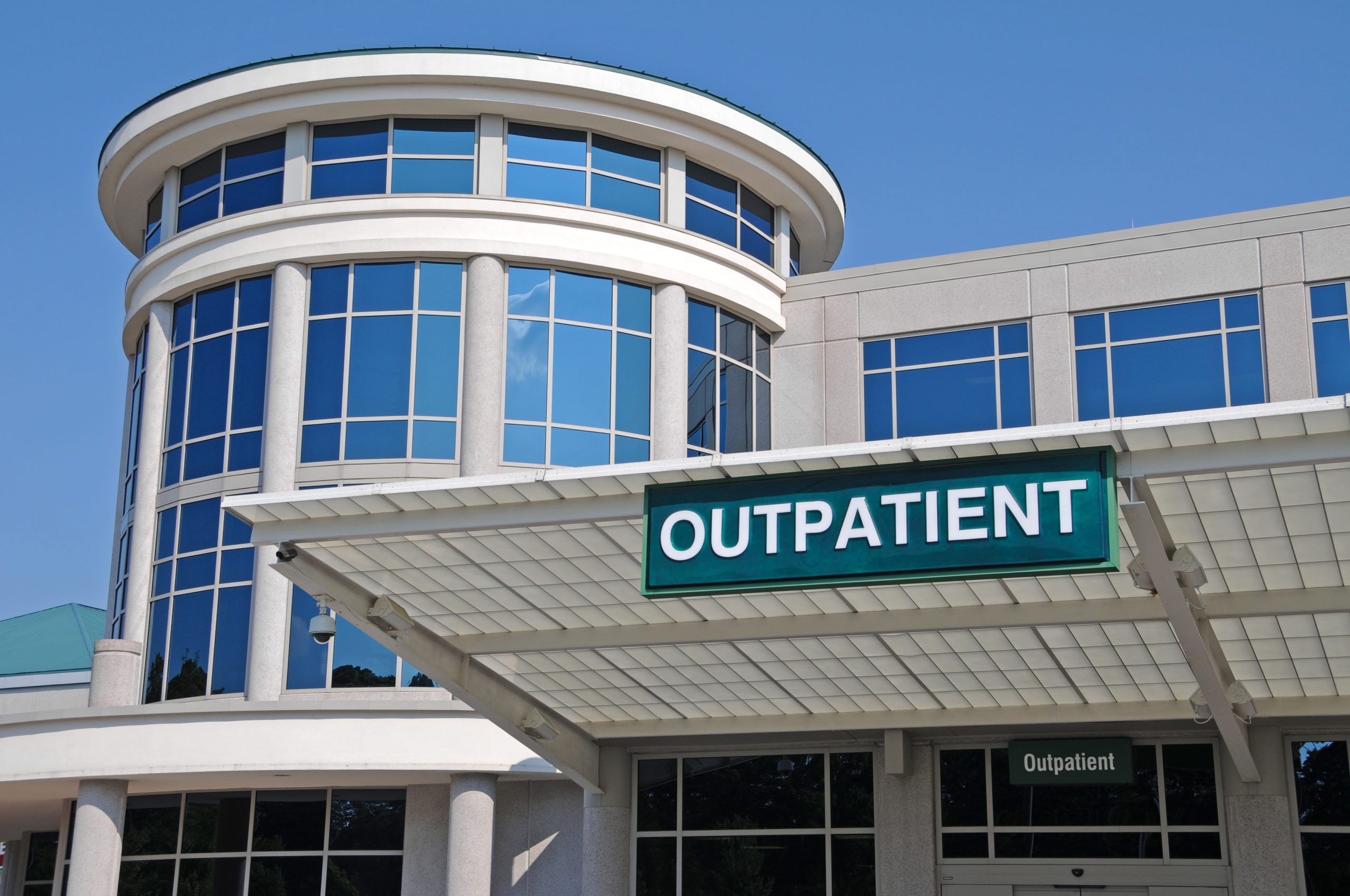
A presentation at the annual conference of the Hematology/Oncology Pharmacy Association encouraged clinicians and pharmacists to consider treatment-free efforts toward remission in chronic myeloid leukemia (CML) in certain patients.
“Treatment-free remission (TFR) is feasible in eligible patients with potential to significantly reduce financial costs and improve quality of life,” according to the presenters, J. Michael Savoy, PharmD, BCOP, and Adam J. DiPippo, PharmD, BCOP, clinical pharmacy specialists in leukemia at University of Texas MD Anderson Cancer Center.
Studies have demonstrated that TFR is safe in highly selected patients. The strategy requires careful monitoring and follow-up, and patients must be counseled about the benefits and risks.
The benefits of TFR include quality of life, as patients can avoid the potential long-term cardiac, renal, pulmonary, and endocrine toxicities of tyrosine kinase inhibitor (TKI) therapy, as well as TKI withdrawal syndrome. Furthermore, TFR has financial benefits, as most TKIs are expensive, costs to patient and healthcare systems are increasing, and most TKIs don’t have generic alternatives (except for imatinib).
To be considered for TFR, a patient should:
- be 18 years or older
- be in the chronic phase
- have received therapy of three or more years
- have a prior quantifiable BCR-ABL1 transcript
- have evidence of a stable molecular response for at least two years
According to Drs. Savoy and DiPippo, the risk of progression to accelerated or blast-phase CML is nearly 0% in properly selected patients with recommended monitoring. They presented data showing that about 50% of eligible patients who attempted TFR maintained a molecular response.
They recommended the following monitoring schedule:
- Monthly RT-qPCR of the first six months
- Bimonthly RT-qPCR for months 7-12
- Quarterly RT-qPCR starting in year 2 and beyond
They also emphasized that most of the research to date involved imatinib therapy. Research continues to explore TFR strategies in patients who have received other types of therapy, as well as factors that may predict higher probability of success with TFR.







 © 2025 Mashup Media, LLC, a Formedics Property. All Rights Reserved.
© 2025 Mashup Media, LLC, a Formedics Property. All Rights Reserved.